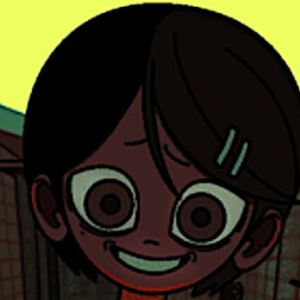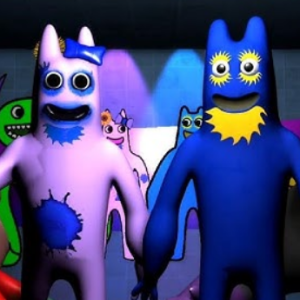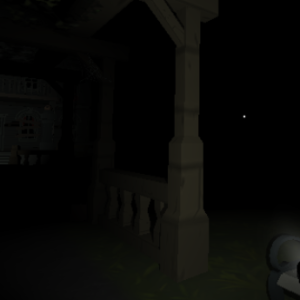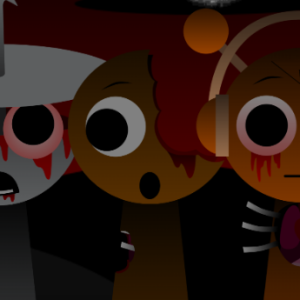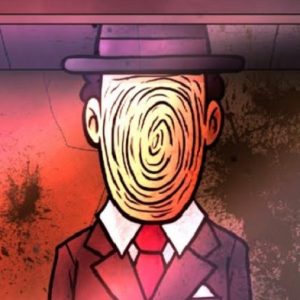Similiar games
Can of Wormholes is a puzzle game centered on moving worm-like bodies across a structured grid. The player controls a can from which the worms extend, and each movement shifts their shape in predictable but sometimes restrictive ways. Every level presents a layout of walls, holes, and tight pathways that must be navigated without trapping the worms or blocking necessary routes. The goal of each stage is to place the worms into correctly positioned holes that match their size and orientation.
Movement System
The worms react directly to how the can moves. When the can advances, the worm head follows, and the body trails behind in a line. Because of this, the shape constantly changes depending on which direction the player moves. Turning a corner stretches the worm differently than reversing direction, and these shape changes create new opportunities or new obstacles. The player must plan a route that considers how the worm will deform across the grid, especially in narrow spaces where even a single tile adjustment can determine whether the level becomes solvable.
Puzzle Types
Throughout Can of Wormholes, the player encounters recurring categories of tasks and level features, such as:
- Steering worms into holes that require specific alignment
- Rearranging their bodies to avoid blocking vital passages
- Coordinating movement with blocks or environmental structures
- Managing multiple worms so they do not interfere with each other
- Using undo to analyze how each move affects formation
These elements create puzzles that reward prediction and structured planning.
Level Progression
As the game continues, level layouts become more involved. Early stages introduce basic worm behavior and simple tunnels. Later levels demand complex maneuvering where the player must restructure worm formations several times before approaching the final hole. Some maps divide the grid into isolated sections, requiring careful sequencing to bring worm bodies through one section without closing paths in another. The player often returns to earlier positions to adjust shapes before attempting the final configuration.
Strategy And Completion
Success in Can of Wormholes depends on understanding how worm bodies bend and how movement transforms their length across the grid. The player gradually learns to anticipate the result of each turn and how to reposition worms to gain access to tight corridors or distant holes. By the conclusion of the game, progress is achieved not through rapid movement but through the ability to evaluate each step and recognize patterns in worm behavior. The experience focuses on logic, observation, and the deliberate manipulation of shape and space.



